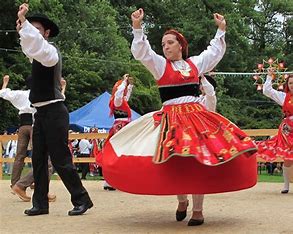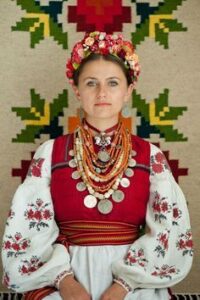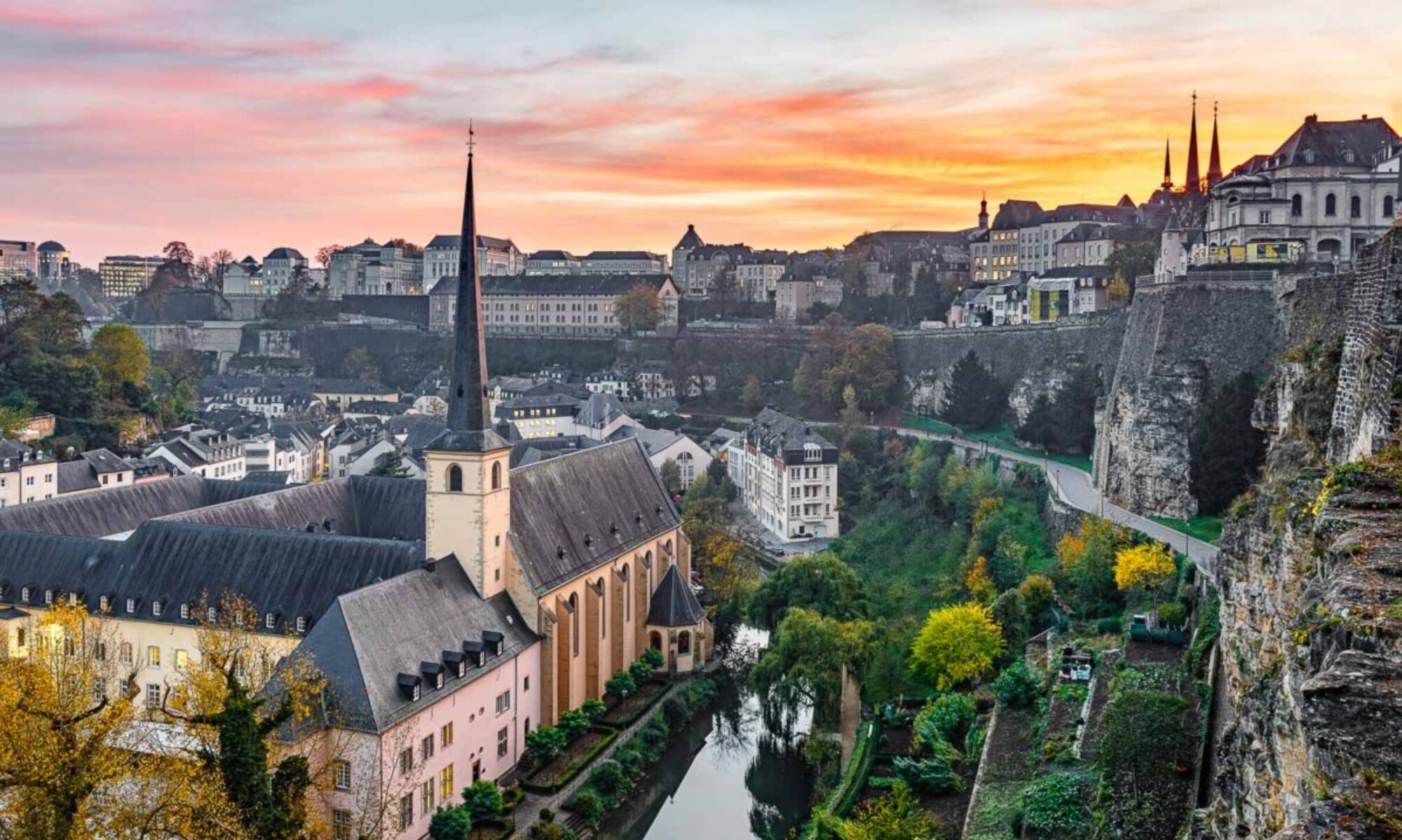Luxembourg boasts a rich and diverse culture shaped by historical, geographical, and economic factors. As a high-context society, communication relies on shared cultural understanding, implicit cues, and the use of Luxembourgish, French, and German languages in its multilingual environment. The nation’s multiculturalism, stemming from its central European location, has fostered a society where diverse traditions coexist, Non-verbal communication, including handshakes and direct eye contact, signifies mutual agreement and shared space. In close friendships, close associates may exchange kisses on both cheeks, fostering interpersonal connection (Symonds, 2023). Human behavior reflects a balance between social unity, with personal space respected to maintain individual boundaries. Despite economic prosperity, Luxembourg is not marked by conspicuous materialism; instead, there is a focus on a high quality of life and cultural richness, with consumption behavior emphasizing sustainability and quality over ostentation (Nag, 2018). Friendship patterns are built on trust and shared experiences, reflecting the high value placed on relationships. In terms of time orientation, Luxembourg exhibits characteristics of both monochronic and polychronic cultures, where punctuality is important in professional settings. Still, social interactions may involve a more flexible approach to time (Info Countries, 2022).
In Luxembourg, men traditionally wore blue vests paired with white collared shirts and matching trousers often accompanied by a hat/beret. The white undershirts beneath their vests showcased intricate designs (Symonds, 2023). For women, the traditional attire comprised long skirts adorned with floral patterns, paired with small vests and dress shirts featuring meticulously sewn patterns (Singh, 2023). Notably, Luxembourg’s traditional clothing shares similarities with Belgian attire, including the combination of white undershirts and vests for men and comparable color schemes and skirt designs for women (Haywood, 2022). People living in rural areas often wear traditional clothing during folklore events and cultural festivals. This cultural overlap highlights a connection between the two nations’ sartorial heritage.





